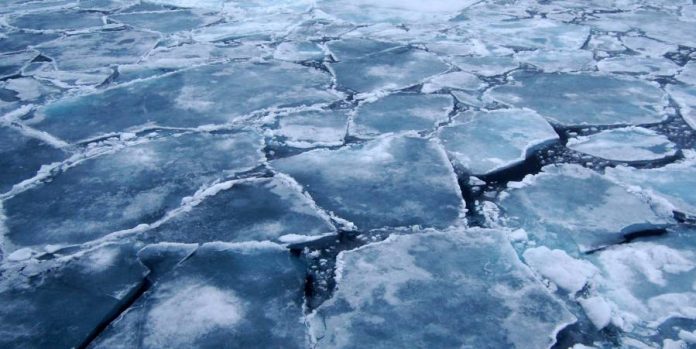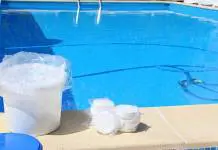
A group of scientists from Arizona State University has devised a solution to put a stop to Arctic ice melting: refreeze it using wind-powered pumps that inject water to the surface during the winter. The project could cost up to $500 billion.
In late January, lead researcher Steven Desch published a research article titled ‘Arctic ice management’ on the journal Earth’s Future, a publication by the American Geophysical Union.
The paper and proposal respond to increasing concerns in the scientific community over climate change and melting of the ice caps. Both the Arctic and Antarctica registered record high temperatures and low sea ice extensions.
How would the plan to refreeze the Arctic work?
Scientists would deploy as much as 10 million wind-powered water pumps in the Arctic Ocean around the area they want to refreeze. During the winter, these pumps would splash water over the surface ice, making the cap thicker.
They would do this during the winter because the extreme temperatures would make it significantly easier for the water to freeze. The idea is to counteract the effects of summer temperatures by artificially thickening the Arctic.
Why focus on the thickness and not in the area? Because the extension of the frozen territory means nothing if it is not thick enough to stand the warm winds that cause it to melt more and more every year.
In average, the Arctic ice layer is around 2 to 3 meters thick nowadays. Climate change is taking centimeters from the cap at an increasingly alarming rate, so making it taller is a priority before thinking about expanding it once again.
The cost of carrying out such an endeavor would be about $500 billion over ten years, although scientists say deploying just a tenth of the pumps would be enough to add one extra meter to the northern ice crust.
The problem is not just in the Arctic ice cap
The U.S. National Snow and Ice Data Center (NSIDC) issued a report last week revealing that not only Arctic sea ice levels were the lowest on record in 38 years, but also that Antarctica had shrunk to its smallest extent ever last month.
The process is somewhat natural with every summer bringing warmer temperatures to the polar caps, but worrying trends show that if numbers continue to rise, there could be no ice on either extreme during this season by 2030.
Ice would refreeze come winter time, but it would start a devastating environmental effect that would not only trigger severe climatic consequences, but also threaten wildlife, ecosystems, and release harmful gasses to the atmosphere when permafrost melts.
Source: The Guardian











